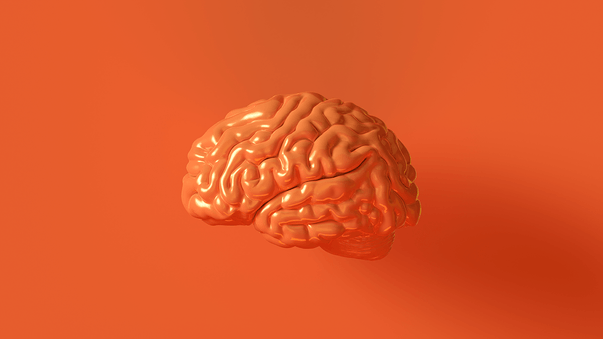Human Gene Editing via CRISPR Is Coming

The cut-and-paste gene editing technology CRISPR continues to be on the front page news. CRISPR has been used to treat US cancer patients for the first time, and now a Russian scientist wants to repeat the CRISPR experiment in China to create humans resistant to HIV (see Pulse 106), MIT Technology Review reports.
Most CRISPR researchers think it’s too soon for experiments like these. “The technology is not ready,” says CRISPR pioneer Jennifer Doudna, as reported by Nature. This seems a reasonable position, and Doudna doesn’t seem to be ruling out ambitious CRISPR experiments in humans once the technology is ready. But it can be argued that such experiments could help CRISPR technology reach clinical maturity.
In the meantime, SingularityHub notes that “the Pandora’s box of human gene editing has been opened,” and Nature elaborates on “what it would take to make the technique safe and acceptable.”
Gut bacteria as biosensors. Researchers at Wyss Institute for Biologically Inspired Engineering at Harvard University and Harvard Medical School have created an effective, non-invasive way to quickly identify new bacterial biosensors. A synthetic circuit, which has been integrated into the genomes of bacteria, can be activated by specific health issues, as shown by experiments with laboratory mice. The technique, described in a paper published in mSystems, can recognize and report the presence of various disease triggers in the gut, helping set the stage for a new frontier of digestive health monitoring and treatment.
3D body mapping to monitor the performance of engineered tissues. Scientists at Purdue University have developed a 3D mapping technology to monitor and track the behavior of engineered cells and tissues used to replace natural cells and tissues damaged by cancer, cardiovascular disease and other medical issues. The technology, described in a study published in ACS Nano, could improve the success rate for patients who have already faced a debilitating disease.
Nanoparticle clusters permit heating cancer cells to death. Researchers at Oregon State University have developed an improved technique for using magnetic nanoparticles to kill hard-to-reach tumors. The research results, published in ACS Nano, indicate that nanoclusters, multiatom collections of oxide nanoparticles doped with cobalt and manganese and loaded into biodegradable nanocarriers, accumulate in a tumor well enough to allow alternating magnetic fields to heat cancer cells to death.
Monitoring and recording cell communications. Scientists at University of Connecticut have found a way to record cells communicating in real time. Using a combination of microfluidics and computer modeling, described in a study published in PNAS, the scientists created a platform to record cell messages in depth, uncovering the precise ways in which the words and messages are arranged in these intercellular conversations. According to the scientists, the findings could open the door to new developments in cell therapy and other areas within cell biology.
Bacteria enhance physical performance. Researchers at Joslin Diabetes Center have identified a type of bacteria found in the microbiomes of elite athletes that contributes to improved capacity for exercise. These bacteria, members of the genus Veillonella, are not found in the guts of sedentary people. A research paper published in Nature Medicine indicates that Veillonella metabolizes lactic acid produced by exercise and converts it into propionate, a short chain fatty acid. The human body then utilizes that propionate to improve exercise capacity. In future clinical applications, probiotic capsules containing Veillonella could give people with metabolic disorders, who are not able to exercise, the boost they need for effective exercise.
Nanogel delivers drugs through the skin. MIT chemical engineers have devised a new way to create nanoemulsions, very tiny droplets of one liquid suspended within another. The engineers have also developed a way, described in a study published in Nature Communications, to easily convert nanoemulsions to a gel when they reach body temperature, which could be useful for developing materials that can deliver medication when rubbed on skin or injected into the body.
More Articles
Don't miss a beat! In our Pulse Newsletter, Thrivous curates the most important news on health science and human enhancement, so you can stay informed without wasting time on hype and trivia. It's part of the free Thrivous newsletter. Subscribe now to receive email about human enhancement, nootropics, and geroprotectors, as well as company news and deals.
Read more articles at Thrivous, the human enhancement company. You can browse recent articles in Thrivous Views. See other Pulse Newsletter articles. Or check out an article below.
-
You’re Probably not Getting Enough Choline
You’re probably not getting enough choline, according to a 2018 review of the scientific literature.[1] Published in Nutrition Today, the ...
-
Enhance Attention with Caffeine and L Theanine
Psychology Today describes attention as “a spotlight that focuses an individual's awareness on a particular facet of their environment, or on the ...


